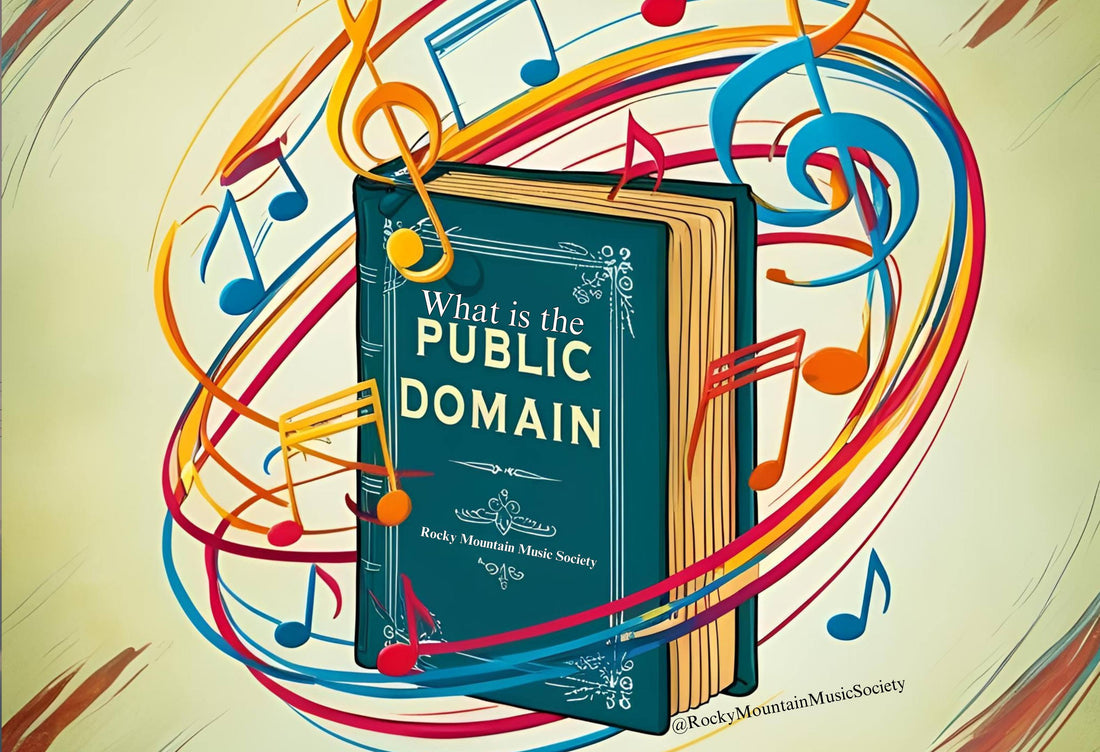
What is the Public Domain?
The concept of the public domain can be both fascinating and a bit confusing, especially when it comes to music. Simply put, if a song’s music and lyrics were published before 1930, the song is considered to be in the public domain. This means that, in theory, the song is free to use without seeking permission from a copyright owner or paying for a license. However, the issue of public domain status is rarely as simple as it seems, and understanding the nuances of this legal territory is crucial for musicians, educators, and creators of all kinds.
Public Domain Explained
When we talk about a song being “in the public domain,” we’re referring to the fact that the copyright on that piece of music has expired. Copyright is a legal protection given to the creators of original works, and it generally lasts for a set period of time. In the United States, songs published before 1923 are clearly in the public domain, and for works published after that, the timeline gets more complicated. For instance, works published before 1930 are typically considered public domain, but the copyright status can vary depending on specific circumstances, such as renewal filings or extensions granted to the copyright holder.
However, even if a song is in the public domain, it's important to recognize that certain aspects of a song may still be protected by copyright. A key example is when an arrangement or a new version of a public domain song is created, such as a modern sheet music arrangement or a new recording. These new versions, though based on public domain material, may still be copyrighted because of the new creative work involved in the arrangement or recording process.
Why It’s Crucial to Know the Public Domain Status
Many people assume that if a song is old enough, it must be in the public domain, but that’s not always the case. As a result, using music without confirming its copyright status can lead to unintended legal issues. It’s vital to do the proper research before using a song to avoid costly mistakes.
Misunderstanding copyright can result in potential fines or other legal consequences, especially if you're using the song for commercial purposes, public performances, or in educational settings. With so much at stake, it’s always best to confirm the public domain status before moving forward.
Take the Public Domain Challenge
Curious about how much you know about the public domain? Take our public domain challenge below! See if you can correctly identify which songs are in the public domain and which are not. Did you score 100% on your first try? If not, don’t worry—this is a common issue, and we’re here to help.
How We Can Help
Not sure whether a specific song is in the public domain? You don’t have to guess. At the Rocky Mountain Music Society, we offer free copyright research to help you navigate these tricky waters. If a song is in the public domain, we’ll confirm it for you. If not, we can guide you through the process of securing the necessary permissions or licenses.
Our goal is to take the guesswork out of your creative projects, so you can focus on the music. Whether you’re a performer, educator, or content creator, knowing the public domain status of the songs you’re using is essential—and we’re here to ensure you get it right.
Let us help you get the most out of your music projects—legally and creatively! Reach out to the Rocky Mountain Music Society today, and we’ll assist you in finding the answers you need.
